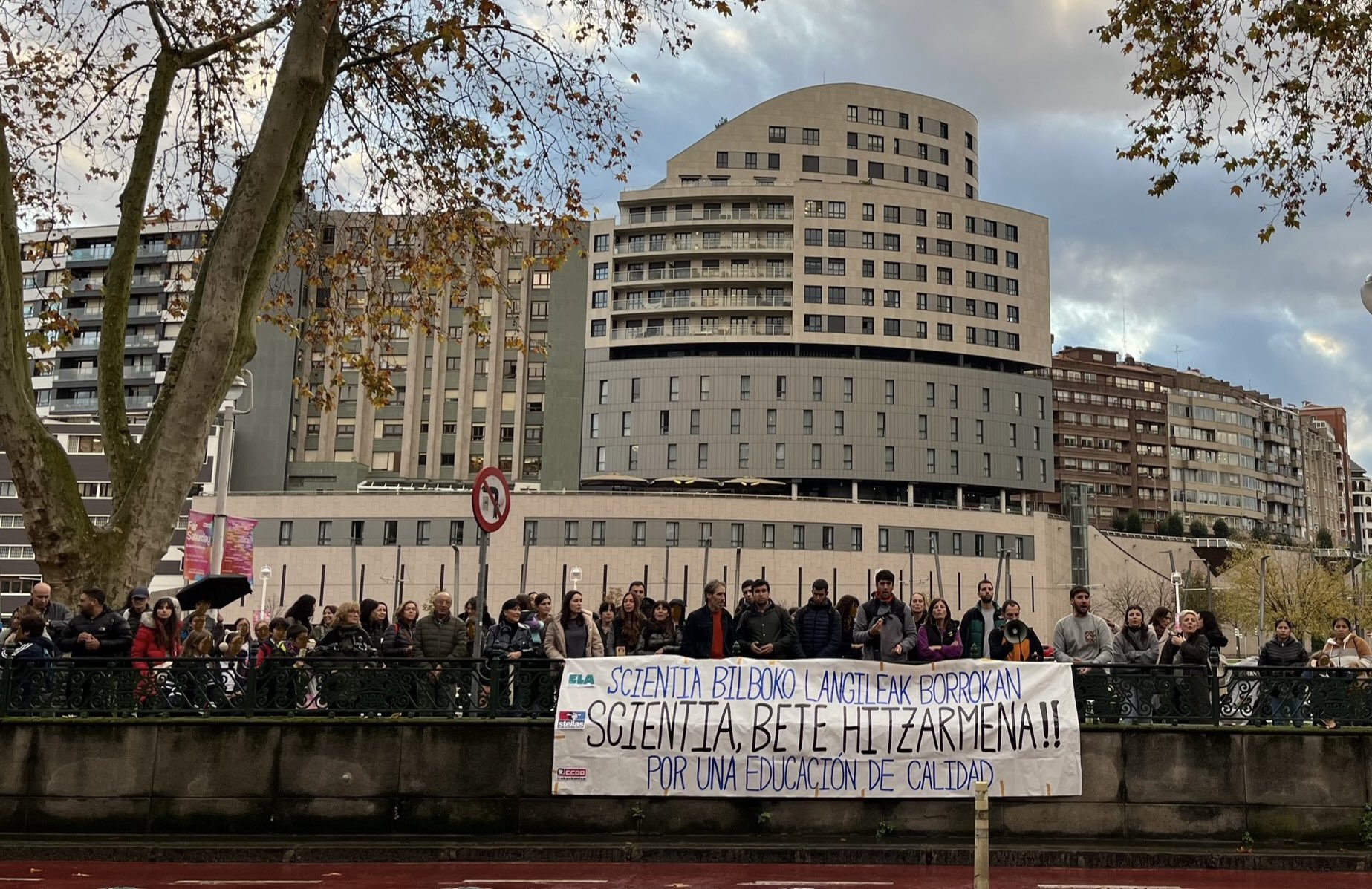Keys to learning to interpret texts
- The one who knows how to read well can easily navigate in school, and the one who limps between lines, clumsy. Teachers have realized that to get competent readers in the school, they have to change the activity inside the classroom. Those seeking improvement follow the steps of the professor of Salamanca, Emilio Sánchez (Spain).
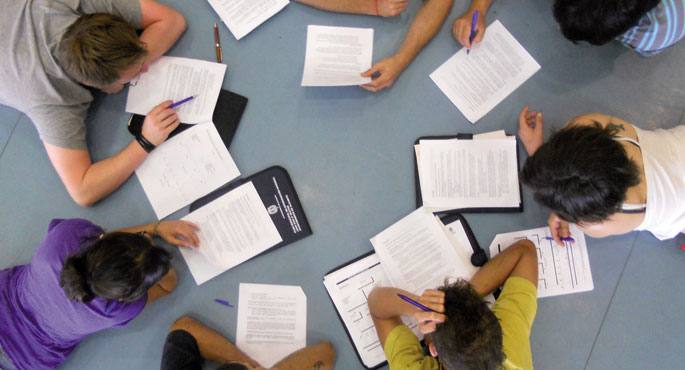
Reading comprehension is the basic competence to learn well. There is a direct relationship between the ability to read and write and school success (and vice versa, between lack of reading and failure). This is true not only in language and literature, but also in science. See Lavoisier in the Elemental Treaty of Chemistry of 1789: “As words transmit ideas, one cannot refine language without refined science, nor science without language; although the facts are very true and the ideas that originated them are very fair, we would only transmit false impressions if we did not have a concrete expression to call them.”
Josune Erkizia, head of the Read for Learning Seminar at the Berritzegune in Lasarte, has given us an example of the importance of reading: “You also see in diagnostic evaluations, all competencies are filtered out from the reading filter. For example, citizenship. We can measure a person's ability to citizenship through multiple tests. But how to pass DBH2. To all quality? Through reading. Reading is a sieve, and those who are not well do not know how to respond well, even if they have a great capacity for citizenship”.
Reading limping
If reading is of vital importance, how do students work in this competition? Reading competence is measured by the PISA tests that are carried out internationally for all ESO students. PISA defines reading as: “It is the reader’s ability to understand, use and analyze written texts.” Gema Lasarte is a professor of Teaching at the Vitoria-Gasteiz campus of the UPV/EHU. He's also a literary critic, and one of the issues he's been working on is how he's improved reading. She agrees with what the PISA test asks: “At PISA, they are asking for what is really a competent reading. But we don’t teach them what we ask.” In the Berritzegune they are also based on the definition of PISA, according to Josune Erkizia: “PISA undertakes a graduation and says that a competent reader should be able to select, interpret and critically analyze the information. Below all that there are many things.”
This year’s PISA data will be published in December 2013, while the latest available data is 2009. According to this data, Navarre had 497 points, while the CAV had 494 points, compared with 497 in 2011. Above the Spanish State average (481 points), but well below Finland, which heads the list (536 points). According to Josune Erkizia: “With PISA and similar test results you see the need to improve reading comprehension. The professors asked for formation and since the professor of Salamanca Emilio Sánchez had systematized the formation, we contacted him and have been teaching at the Berritzegune for three years”. In three years they have worked the comprehensive reading with 17 centers in the valley and are happy with the results: “We see that these teachers are improving their practice.”
No more resources and time are needed to work the comprehensive reading
Reading the article by Emilio Sánchez and the group (A protocol for How to Observe Assistant Teachers to their Students when Reading Texts in the Classroom) we will discover the secret to work the reading. Fortunately, no more resources and time are needed, the key is to consciously work out the reading that is done spontaneously in the class. Erkizia explains that “this is the starting point, the professor has to know what type of practice he does in class. It must become aware. To do so, it needs a scale explaining where excellence is and what levels there are. Where am I? Here, this is what I do’. What is the next step?’ It’s the next step, and we put the way to explain how to take that step.” The training course responds to the daily dynamics of the school: “We are not talking about promoting reading, about promoting the world of literature. The area we are working on is reading to learn. The acquisition of the knowledge source by the students. The teacher uses didactic units to transmit knowledge. Our training is limited to studying how to work the reading in the didactic units. To carry out these didactic units or these projects it has always been necessary to read. How do you manage those readings?”
The four bases
Erkizia has thus explained the four bases working in the training sessions: “The teacher has to plan the reading, think about what messages he gives his students before they read them. She has to work on how to help while reading. To analyze how to ask when evaluating. And in the end he has to learn how to close those readings.”
We will study them individually. When planning, according to Erkizia, “it is the teacher who will get the motivation. If you present the reading well, if you explain exactly why and why we should read this text, it will make reading more motivating.” It is also important to make clear what is expected of students in planning: “A teacher can say without further ado: ‘There you are, start reading the text.’ It doesn't mean what you want to be paid attention to, with what purpose you have to read it, or what you have to do with that reading, and the student begins to want to keep in mind what you read. In this situation the student is very lost”. On the contrary, the student who has the clear objectives from the very beginning gets to work self-adjustment. In other words, “while the student reads, he will know if he is in a position to achieve the objectives, whether he has understood or has to reread the text, or what he has to ask for help... He owns himself. Self-adjustment is a very important point in any learning process.”
The help provided by the teacher during reading can be regulatory or invasive. It is a regulator, for example, to summarize what has been learned so far and ask the following question, or to remember what the goal is and to ask the question, or to propose some way to look for the answer... The invasive, on the other hand, may consist in responding directly or choosing two answers. Aid regulators teach more and the student actively participates in the process.
When evaluating, it should be taken into account that “understanding” what is read means that we have made a selection according to criteria of all the information in the text, that we have organized the selected information and that we have incorporated it into existing knowledge. In this sense, when assessing, it should be taken into account whether what is really important is questioned or can be the whole questionnaire.
And the closure is the column that Erkizia stresses a lot. “When we have read something, the teacher has to make a small summary. Always. In this way, students realize that everything we read has a consequence. And the end is what the professor has marked in the planning, which has asked the student to pay attention before reading it. If, in the end, they get used to drawing conclusions, the time will come when students, instead of doing so, will. But that’s a long process, it’s not done overnight.” Add: “‘look at what we have learned, this and this, and for what? for this and for this’; this closure makes sense what we have learned.” Another function of the closure is that those who are limping in reading learn: “Those who have more capacity quickly capture the effect, but those who don’t have it don’t. With this, you assure that those who do not have the ability to read and interpret will at least be left with something in that summary.”
As has been demonstrated, the key to working with reading comprehension is the teacher. It is the teacher who makes a significant reading, who gives meaning to the reading. Erkizia and Lasarte coincide in that. In the words of Erkizia, “the professor, as a model, shapes customs. The teacher does not explain what the content of the text is, but guides the attention of the students, he himself insists on what is important at every moment.” Lasarte asks, however, about the faculty's own capacity: “What happens is that we get people to the School of Magisterium without knowing how to read or write. The teacher is the first to read. Every day!”
Who should approach the issue from the branches?
The school curriculum has the reading as transcendent. According to Josune Erkizia “it is well placed, as a capacity, with its sub-competences and is transversal. It is not a specific issue in the linguistic field, we have to read to learn any area, think about what we have to read in history and in the natural sciences! These teachers should be trained for good reading management. To do this, you have to train yourself, and I don’t know if enough training is offered in the teacher’s school.” Gema Lasarte also sees the need to strengthen reading comprehension when teaching at university: “Reading should have more weight in teacher training, limit itself to enrolling in training courses from top to bottom and not on a voluntary basis. At the School of Magisterium we say it many times, there has to be a subject in Magisterium”. Therefore, the
curriculum is cross-sectional, but since the Magisterium school does not receive specific formations, it can be said that in schools reading is done almost exclusively in language and literature classes. Josune Erkizia saw this problem in the training sessions: “With the teachers who come from Primary we have the advantage that each one carries out different areas. But almost all of the teachers who come from High School are language teachers. Breaking that boundary or that wall is very difficult, it seems that reading language is a matter for teachers, and there we have a field to gain.” Gema Lasarte also denounces this error: “Reading is not just a matter of language and literature, as logical thinking is not just about mathematics. A professor of mathematics or chemistry, they're all teachers of reading skills."
Lasarte explained that, in addition, the textual genres with the greatest difficulty for the students do not belong to the subjects of language and literature: “In Early Childhood Education they start with reading and I think it goes very well, linked to the oral literature. In Elementary School, they start by reading narratives, and the thing is still fine. Why don't they have any problems with narratives? Because in life, we also spend our time narrating, because we tell things.
But comedies come when we start with informative texts. Why? The explanatory text is more difficult, it gives many new knowledge, in everyday life we rarely give completely new explanations... That is where the students have to be helped, but where are the explanatory texts? In the literary lesson? Exactly in the sciences. When you have a problem with a chemical text, you need help.”
Competition schools, home hobby
Gema Lasarte remembers that the house and school have to help each other: “The role of the school is to get competent readers. And it is the work of society and the family to enhance and value the habit of reading. In both of us we are lost, the school does not compete and reading in society is poorly seen, shameful.” He has come to the conclusion that reading seriously gives us criticism: “Society, families, that culture, we have to strengthen that value. The one who knows how to read knows how to interpret the world, knows himself, has some weapons. It is a culture that gives you a sieve in the chaos of information that we suffer in today’s society, you can
develop your opinion.” Erkizia has recommended literary tertulias and dialogic readings (which can group parents, students and teachers): “These tertulias realize the need of others. The bottom message is that school is not enough to learn, that the whole community is needed. From the moment we share, reading acquires meaning, I build the reading and I come to a place where my head has not come alone. It goes beyond reading, the oral expression has a lot of strength, we have to give opinions and it is a way to develop the oral expression”.
Eric Etxartek Seaskako lehendakarikide ardura hartu berri du urte hatsarrean, Antton Etxeberri eta Sophie Layusekin batera. Peio Jorajuriaren lekukoa hartu dute hirurek, eta Lehendakarikidetza taldea osatu dute.
We were yelling, “New Year, what brings us?”, around the first night of the year, at the preemies who crossed the road. Waiting for the foals, drunks, us. And as there was no runner or selfie yet, we would find most of the Russians who had gone out to put down the excesses... [+]
Hearing and language teachers (PDI) and speech therapists are specialist teachers who work in both the public and the concerted school. Among its functions is the direct attention to students with language and communication difficulties, but also the establishment of incremental... [+]
The victims created by the IAP are not only functionalized teachers thanks to the stabilization process brought about by the IAP Law, but much more. Some have been given some media visibility as a result of Steilas's appeal, but most of them are invisible. All the victims of the... [+]









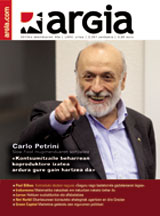

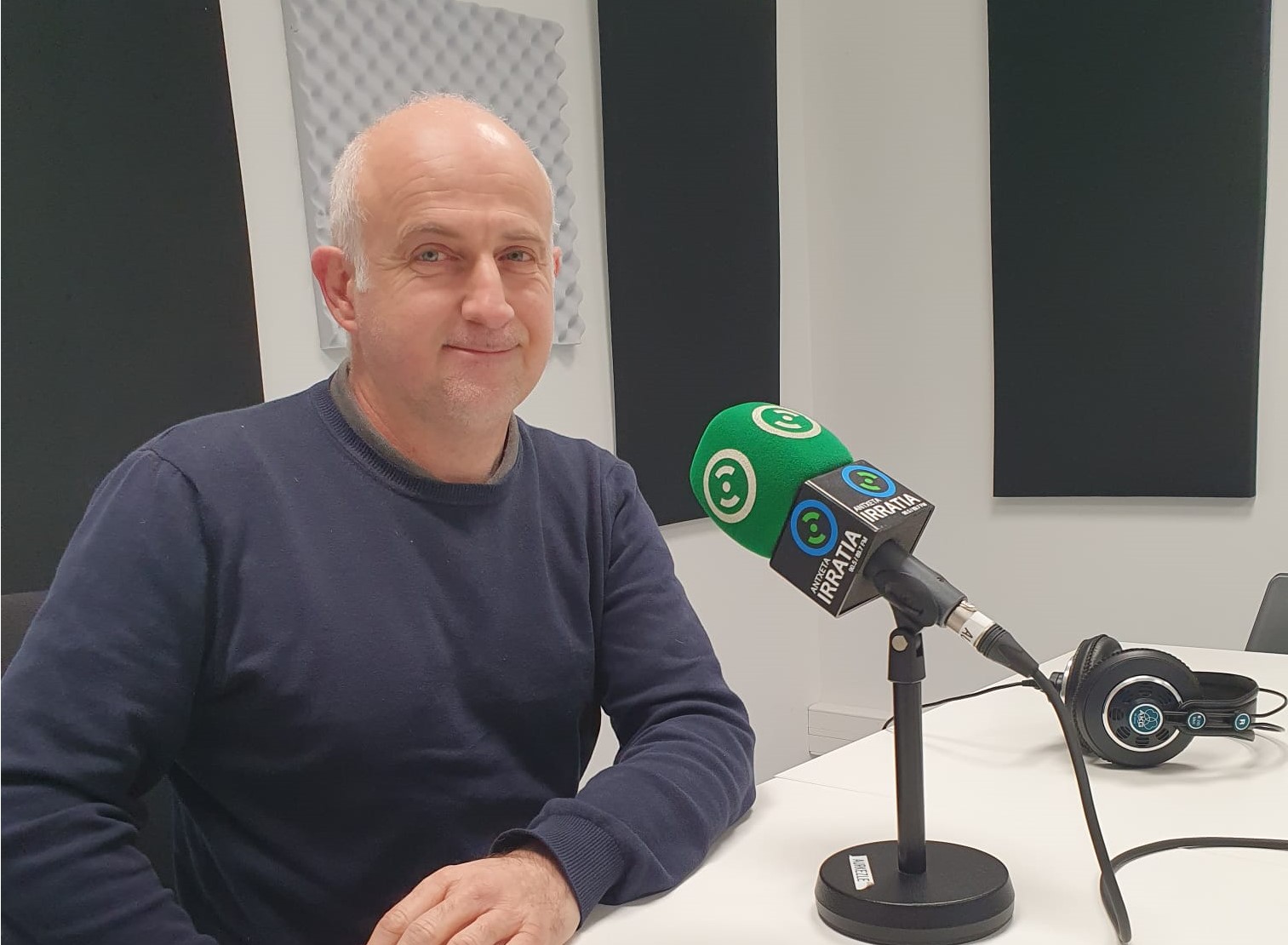
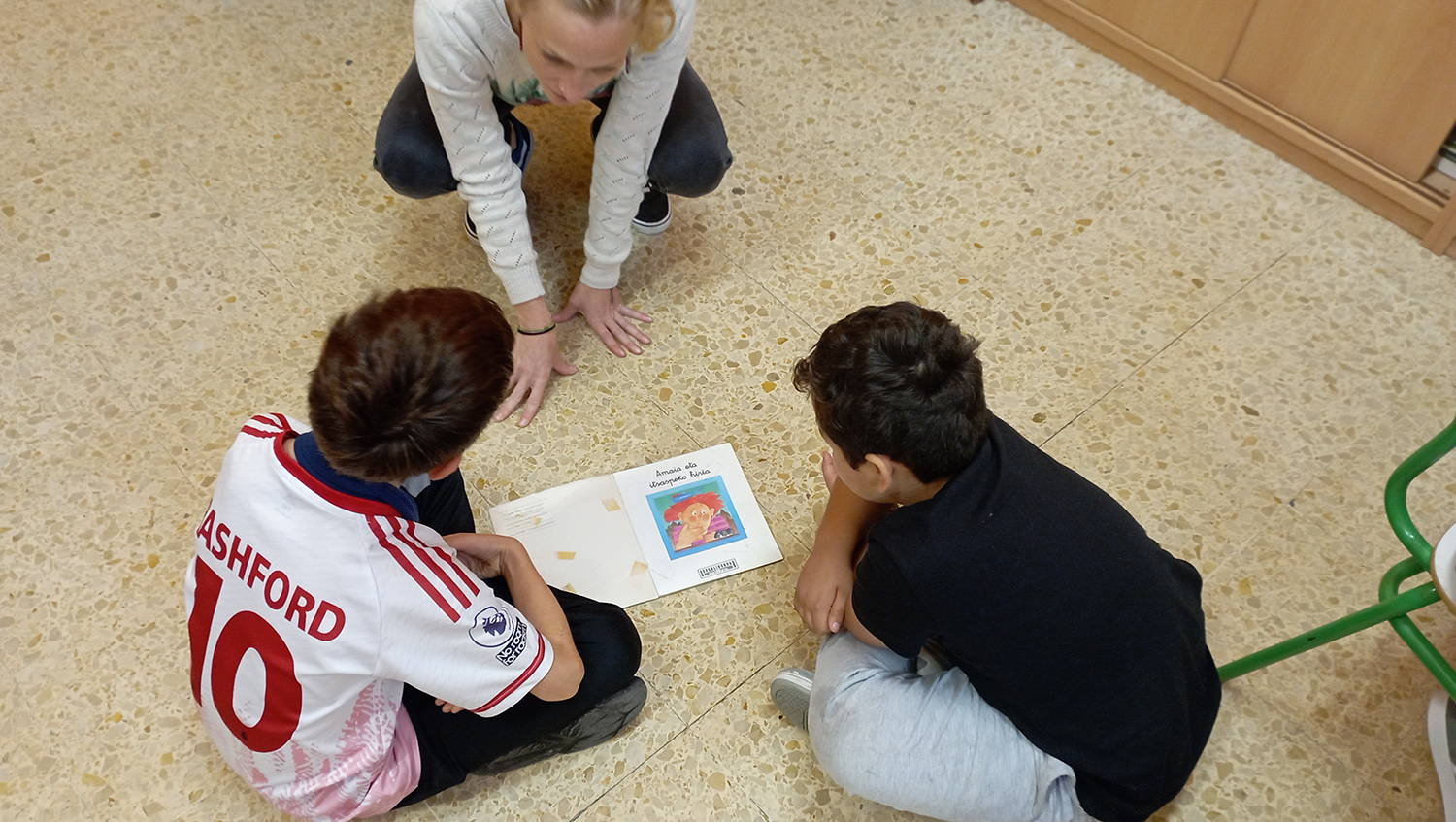

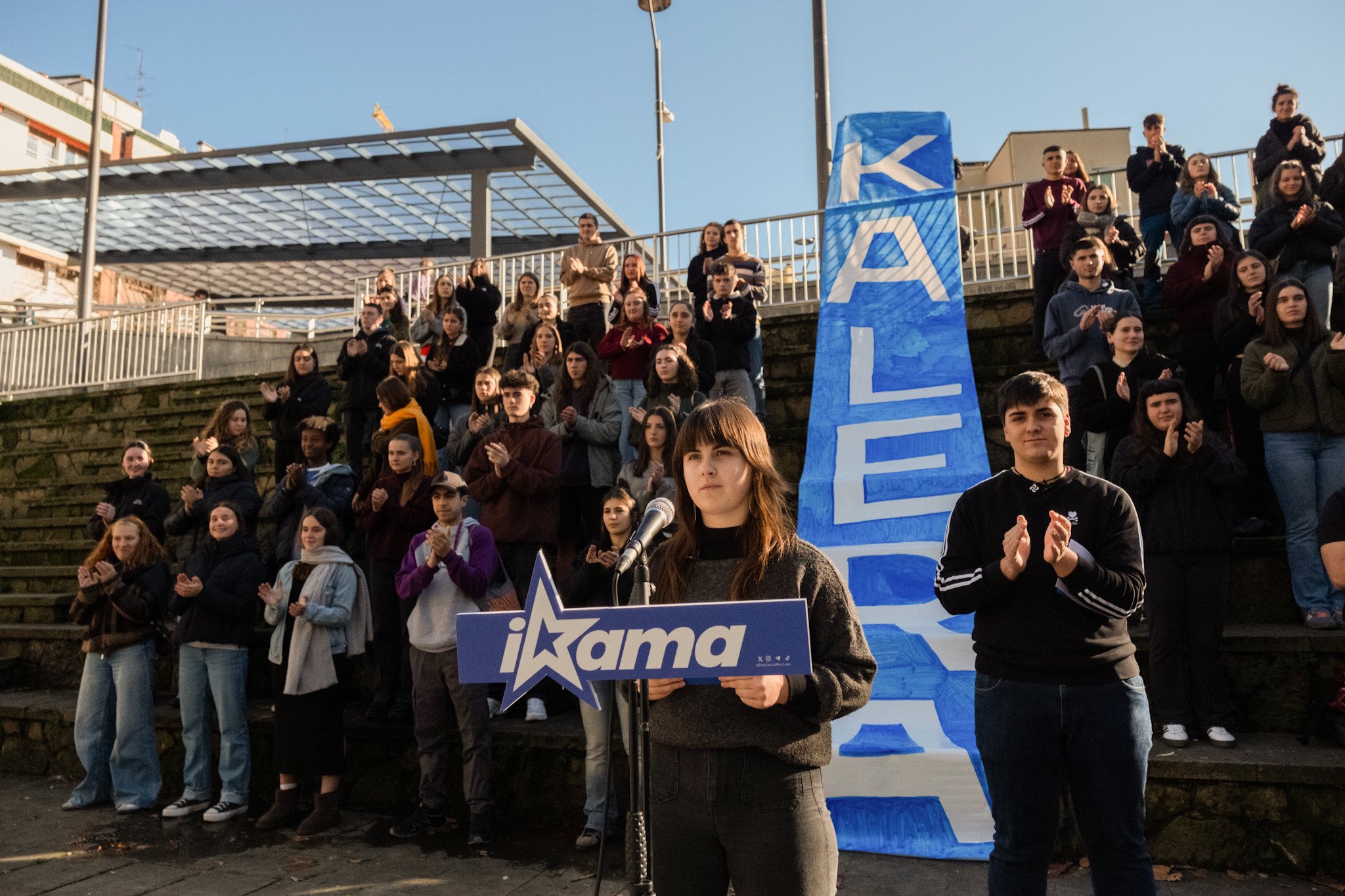
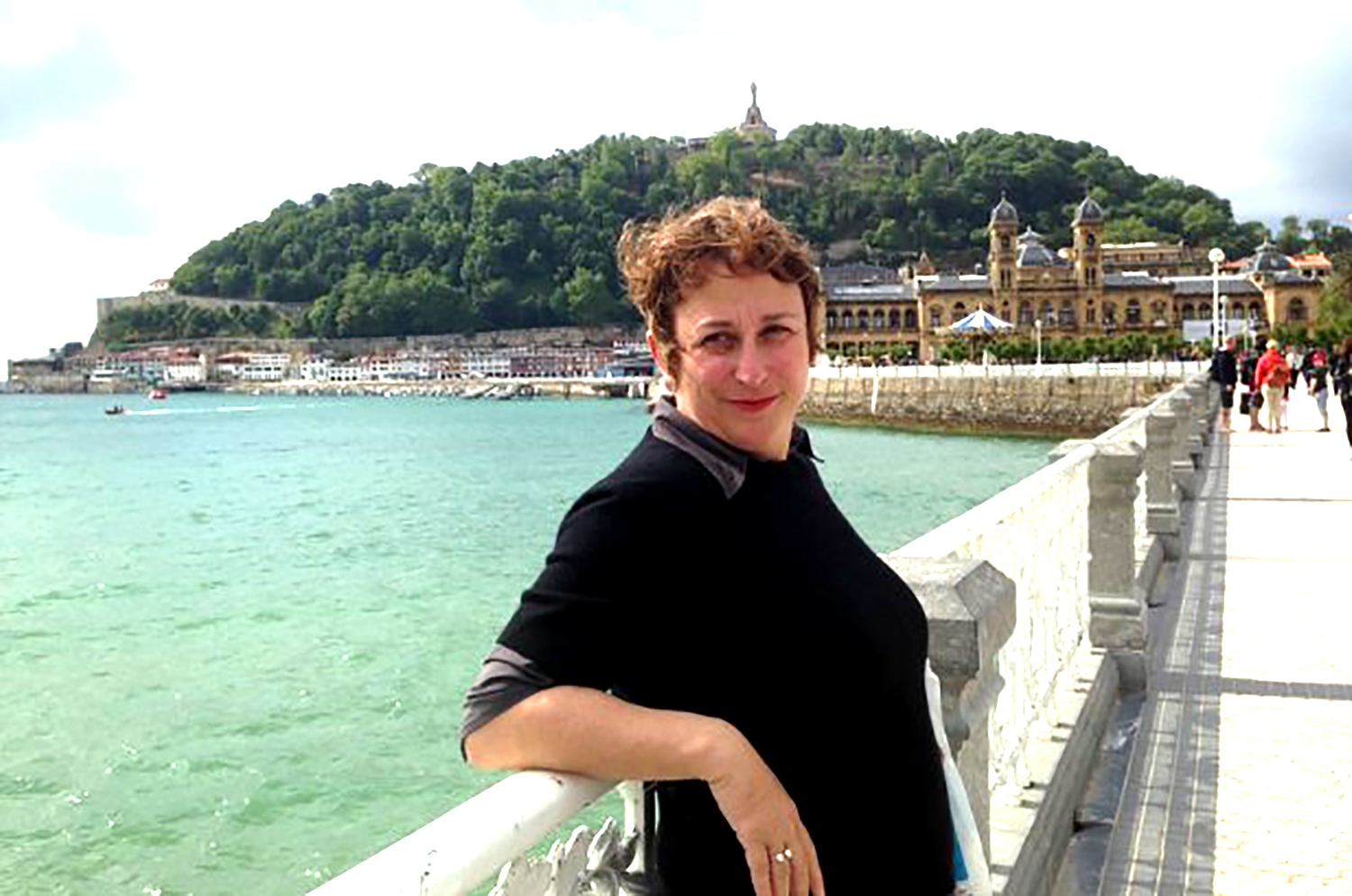
.jpg)



